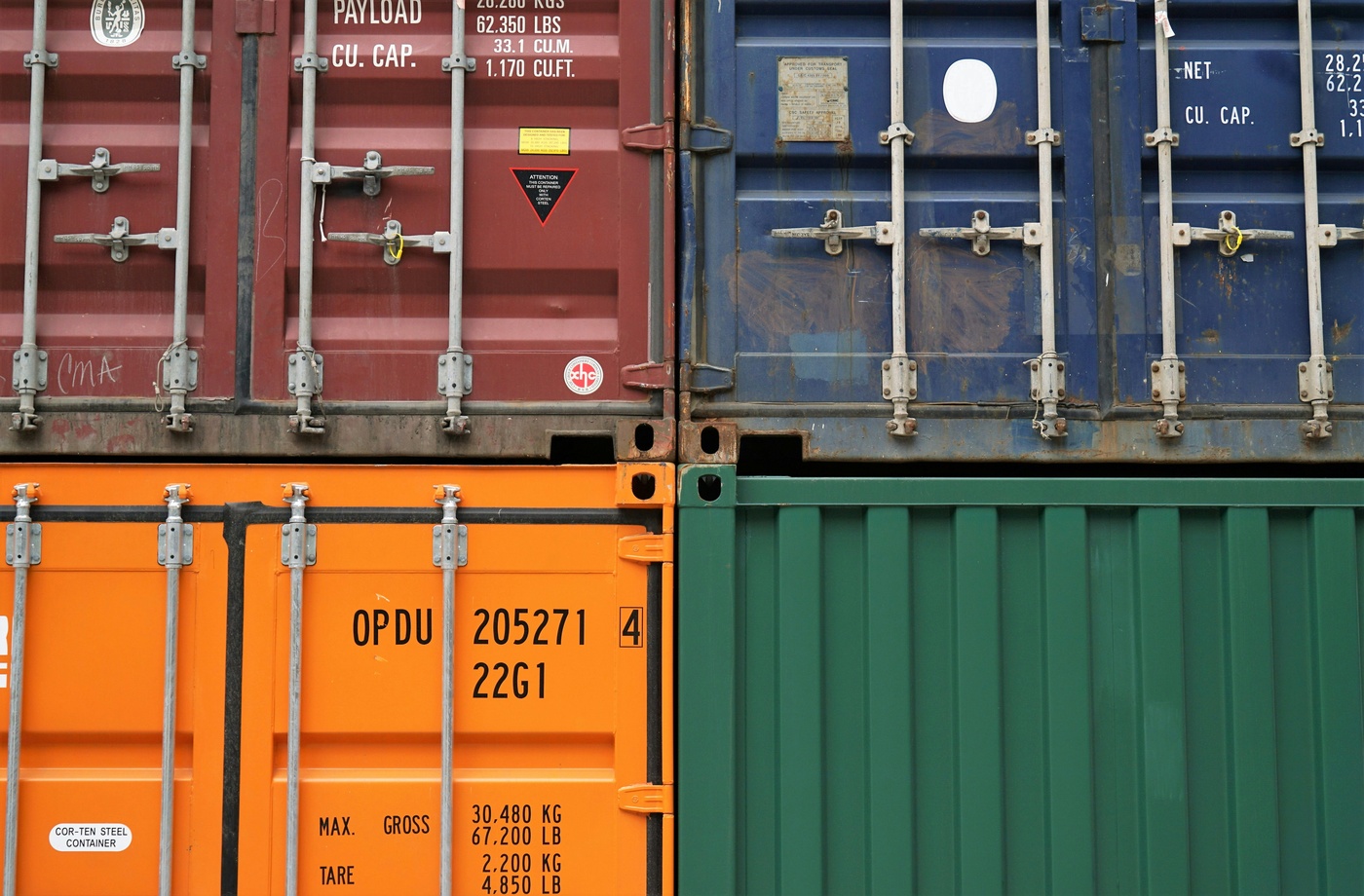Understanding how shipping zones and rates work is essential for running a cost-effective fulfillment strategy. Whether you’re managing an e-commerce business or shipping products for personal use, knowing how carriers determine shipping rates based on zones can help you optimize pricing, delivery speeds, and profit margins. This guide breaks it down in simple, actionable terms.
- What Are Shipping Zones?
Shipping zones are geographical areas defined by shipping carriers to calculate the distance between the origin and the destination of a package. In the United States, zones typically range from Zone 1 (local) to Zone 8 (long distance). The further your package travels, the higher the zone—and generally, the higher the cost.
These zones are not fixed regions, but instead vary based on where the package originates. For example, a shipment from New York to Boston may fall into Zone 2, while a package from New York to California would be Zone 8.
- How Do Zones Affect Shipping Rates?
Shipping rates are calculated based on a combination of zone, weight, dimensions, and speed. For instance, a 5-lb package going to Zone 2 via USPS Priority Mail might cost significantly less than the same package shipped to Zone 7.
This makes shipping to nearby zones much more affordable, especially when using services.
- Flat-Rate Services Bypass Zones
One way to simplify pricing and avoid zone-based costs is by using flat-rate services. Options like USPS Flat Rate Boxes allow you to pay one price regardless of the destination zone—as long as your package fits the specified box. This is ideal for long-distance shipments or orders with heavier weights. - Use Regional Carriers for Local Zones
Regional shipping carriers like OnTrac or LaserShip focus on specific areas of the country and often offer lower rates for shipments within those zones. This can be a cost-saving alternative to national carriers when most of your customer base is local or regional. - Optimize Warehousing to Reduce Zone Costs
If your business has customers across the country, consider multi-warehouse fulfillment. Services like ShipBob and Deliverr store your inventory in multiple regions, helping you ship from the warehouse closest to the customer. This reduces the average zone per shipment, cutting down on shipping costs and transit time. - Don’t Forget About Dimensional Weight
Even if your shipment is going to a low zone, your rate may be higher if the package is large but lightweight. Carriers apply dimensional weight pricing, which considers volume as well as actual weight. Use tools like dimensional weight calculators to estimate accurately. - Maximize Savings with Cashback Tools
While zones can’t be avoided entirely, you can offset shipping costs by using cashback platforms. For example, you can earn cashback with a USPS gift card or get rewards with a DHL gift card when purchasing through Fluz. Over time, these small savings can make a big difference—especially for businesses with high shipping volume. - Final Thoughts
Understanding zones helps you make smarter decisions on packaging, carriers, and fulfillment models. When you know how rates are calculated, you can lower costs, speed up delivery, and boost customer satisfaction.
Use zone charts, rate calculators, and cashback platforms like Fluz to take full control of your shipping strategy and maximize every shipment’s value.



